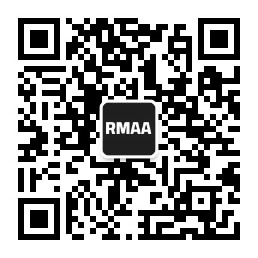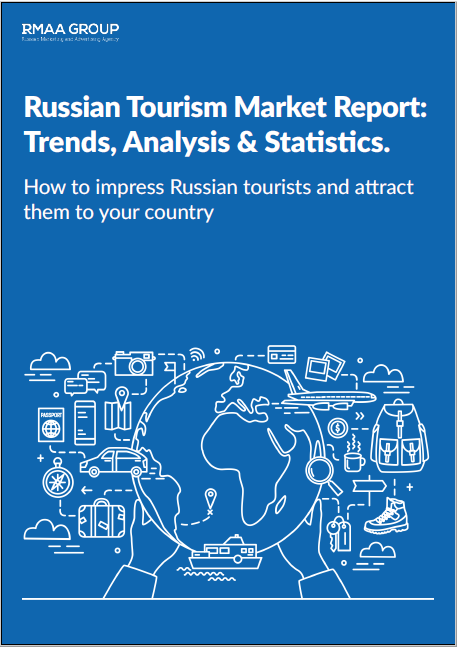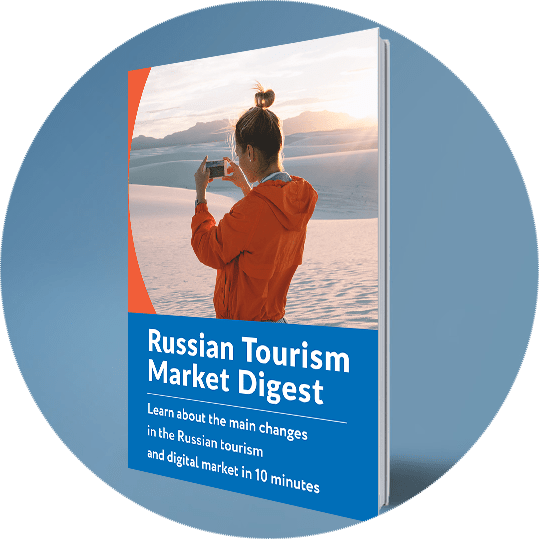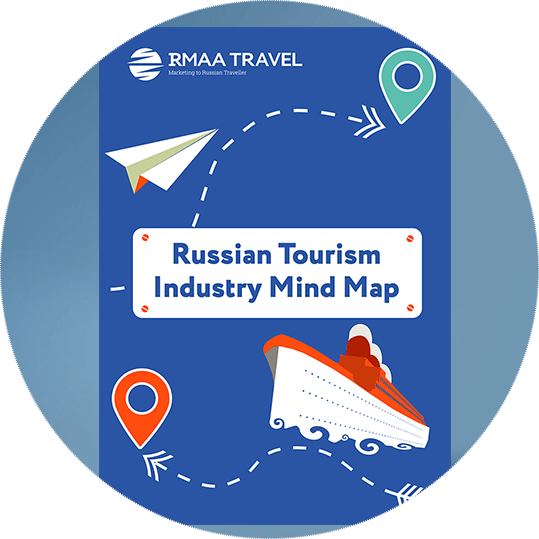Blog about successful marketing strategies in russia
7 Steps to Create Your Perfect Destination Marketing Plan


B2B MARKETING
Share this Post
With the development of competition, every country faces a question of how to develop tourism further.
- Where should a country move to develop inbound tourism?
- How can it increase a number of tourists and from what countries?
- What tools can help grow revenue coming from tourists?
A marketing plan for tourism destinations is a tool that, when made skilfully, gives answers to all these questions.
A destination marketing plan is a complex of measures and decisions that must be implemented within a particular period (a month, a quarter, a year, 3 years). It is an integral party of a business plan for development of any country or region.
On the Internet, you can find a destination marketing plan sample; however, it is better not to rely upon a plan of someone else because tourism goals and objectives of different countries differ, so tools and decisions that are suitable for someone will unlikely work as well for another destination. That is why let’s start creating our own plan.
Step 1. Internal marketing audit
The main goal of this step is to identify internal problems and gaps that affect marketing efficiency: work with key customers, cooperation with third party agencies in terms of promotion, your offer, price formation, promotion channels (PR, advertising), your corporate identity, the country’s brand etc.
As a result, you should make up a list of tasks that should be solved in order to achieve a maximum impact of the company’s marketing actions, as well as problems that should be solved during its implementation.
Step 2. Internal market analysis
At this stage, you need to study internal capacity of your travel destination that will directly or indirectly touch a Russian tourist and his or her stay in your country. For example,
- Are there any direct flights from Russia to your country? If no, how many transfers will a Russian tourist have and how much time will the flight take? Here we should also estimate an approximate flight cost.
- Is there a visa-free regime between the countries or is a visa needed? Where and how can a visa be issued? What is the duration period for a visa or a visa-free regime?
- Evaluate tourists’ accommodation capabilities (hotels, hostels, camping). What is the average cost of stay, depending on a hotel’s class? What are accommodation conditions, location etc.?
- Make up a full list of landmarks and excursions that will help attract tourists, be it natural attractions (sea and sand beaches for family recreation or caves and mountains with steep slopes for extreme sports lovers) or objects of cultural and historical heritage (castles, theatres, museums), or it may be that there is ideal shopping in your city—all these peculiarities must be reflected in your destination marketing plan.
The results achieved at this stage will help you in further formation of your offer, as well as closer definition of your target audience. At that, it is desirable that all information necessary for Russian tourists, for instance, regarding visa processing, should be shown in an official website of your travel destination.
Step 3. Russian market analysis
This step means a huge scope of work, which includes:
- The very analysis of a new market, including general information on the travel market, statistics and trend of development of inbound tourism, priority countries for traveling in dependence to the season etc.
- Definition and analysis of competitors: their offers, prices, advantages, and marketing activities.
- Determination of features of the target audience: age, income level, regions of stay (this factor is particularly important to consider due to dispersion of preferences of Russian tourists from region to region), interests, and other features of your target audience. Remember: the more specifically you will define your target audience, the more effectively you will be able to work on a further marketing strategy to promote your country.
Our study ‘Russian Tourism Market Report: Trends, Analysis & Statistics’ will help you with the analysis.
Step 4. Price formation and positioning
Now you should decide on price formation and the positioning strategy for your travel destination. As for this, you can also make use of the analysis of offers of your direct competitors (you can base on tour packages because they are in high demand in Russia—more than 60% Russian tourists choose organized tours). Study all quotations that your competitors in the market offer, from budget to VIP ones, and compare them with your tour package.
If your quotation is much higher or lower than average ones, you should conduct a more thorough analysis of every area of expenditure and determine strengths and weaknesses of your offer that should in future be shown in your marketing strategy.
Step 5. Set up the budget
This stage of your destination marketing plan should reflect estimated promotion costs and planned incomes/results of implementation of the marketing plan. The budget can be formed either before making the marketing promotion strategy (if the allocated budget is strictly fixed, then the marketing strategy will be built within it) or after you decide on promotion channels and respective estimated advertising costs.
Step 6. Elaboration of the marketing strategy
On the basis of the conducted analysis and within the set budget, we make a marketing strategy for promotion of the country in a new market—Russian travel market. This stage also includes both analysis of trends in promotion and advertising in the Russian market in general and study of competitors’ experience: how your competitors position their brand, what channels they use when promoting.
When creating your marketing strategy, seek advice in our article 6 Steps to Improve Your Destination Marketing Strategy in Russia.
Step 7. Control and analysis
Your destination marketing plan should have detailed tools and mechanisms to have the plan performed by every single department of the company and KPI that you are going to achieve.
Besides, make a performance appraisal table for short-term (a monthly/quarterly analysis) and long-term tasks (one year or the whole period for implementation of the marketing plan).
A canvassed marketing plan will become not only your compass showing the way, but also an impartial judge who will tell you whether you came where you wanted to. That is why it is better to address experts for its creation. RMAA Travel experts will help you create an efficient marketing plan and elaborate a strategy to enter the Russian travel market.
Join 2,000+
of your Peers!
You will be the first to know about Russian marketing insights, news and updates from our agency. Stay tuned!
Get our latest articles delivered to your email inbox and get our exclusive White Paper
"How to sell to Russian large companies?"
for FREE!
Travel Research
The Russian Tourism Market Report: Trends, Analysis & Statistics | 2019. How to impress Russian tourists and attract them to your country
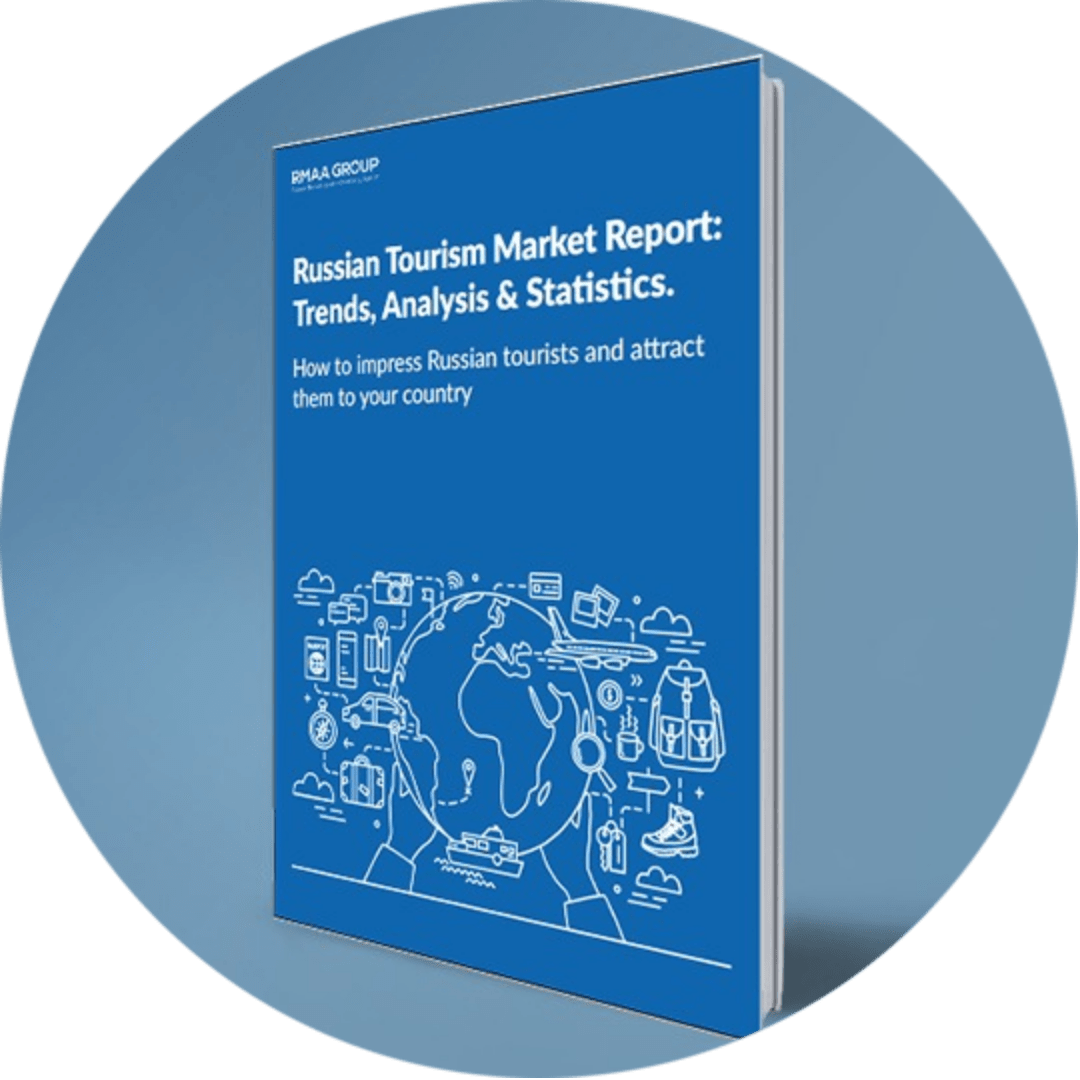
Ready to partner with the specialists in Russian travel marketing and advertising?
About the Author
Head of Digital, editor-in-chief of the RMAA Agency Blog
Join 2,000+ of your Peers!
Get our latest articles delivered to your email inbox and get our exclusive White Paper "How to sell to Russian large companies?" for FREE!
You will be the first to know about Russian marketing insights,
news and updates from our agency.
Stay tuned!
We're updating our website's design step by step, so some pages may look different. Thank you for your understanding.
Got it








